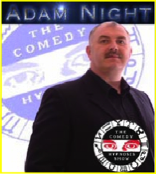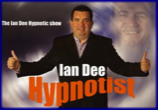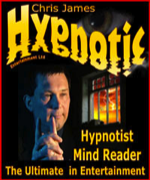| Even in this day and age there are still those who view hypnotism as evil - something akin to black magic and devil worship in the middle ages. Whilst others see it as something so psychologically complex it’s practice might best be confined to Harley Street professors with goatee beards and east European accents, still more believe it to be just so much hocus pocus. So what is the truth? What is it all about? Although there is some evidence to suggest that what we now call hypnotism dates back to the ancient Egyptians the accepted founding father of the craft in more recent times is Franz Anton Mesmer (1734 -1815) a rather controversial physician who practised in Vienna and Paris. |




